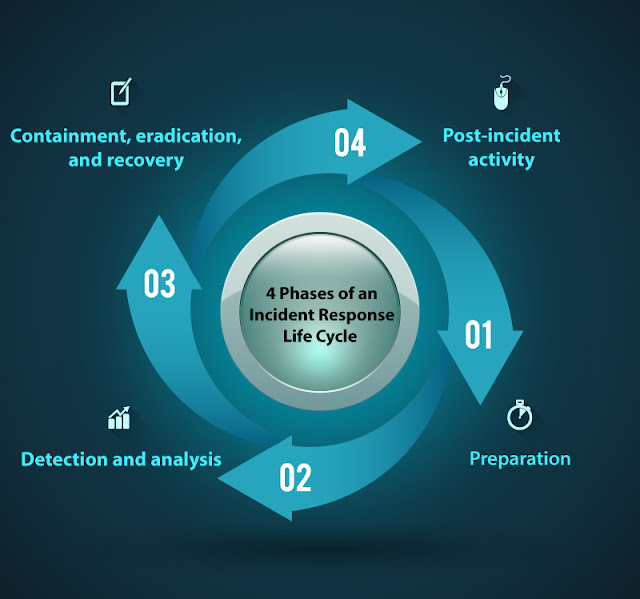A network protocol includes the pre-defined rules and conventions for communication between network and devices connected. These include identifying and establishing connections among devices. Besides, there are formatting rules specifying packaging, sending, and receiving messages. Additionally, there are protocols for message acknowledgment and data compression too. It also enables the establishment of reliable and high-performing network communication.
In the absence of protocols, devices would not be able to understand the electronic signals that they send while communicating over network connections. Nowadays, protocols use packet switching techniques to send and receive messages in the form of packets. These messages are again divided, collected, and reassembled at their destination. Numerous computer network protocols serve defined purpose and environment.
About Protocols – Ipv4 and IPv6 Explained
Internet protocols
Internet Protocols (IP) are popular network protocols. Even other higher-level protocols like TCP, UDP, FTP, and HTTP integrates with IP providing additional capabilities. On the other hand, there are lower-level protocols like ICMP and ARP that again exist with IP. The higher-level protocols interact closely with applications such as web browsers, compared to lower-level protocols. The lower-level protocols, in turn, interact with computer hardware like network adapters. The group of lower and higher levels of network protocols stands as a protocol family.
Wireless network protocols
Wireless network protocols are gaining significance due to increasing connectivity with wi-fi, Bluetooth, and LTE. These wireless networks support roaming mobile devices and other electronic devices because they are not directly connected with a wire.
Network Routing Protocols
A routing protocol can identify other routers, manage the route between source and destination. It defines the route path to carry network messages and dynamic routing decisions. Examples of routing protocols are OSPF, BGP, and EIGRP. Subsequently, they meet the specific purpose of the network routers on the internet.
An introduction to the types of network protocols
1. Transmission Control Protocol (TCP)
It is a popular communication protocol in network communication. TCP protocol divides the message into a series of packets and sends them from source to destination that reassembles at the destination.
2. Internet Protocol (IP)
IP is an addressing protocol and is mostly used with TCP. Originally, TCP/IP is the most common protocol that connects the networks. Henceforth, the IP protocol addresses communication in packets and helps in routing through different nodes in a network until it reaches the destination system.
3. Post office Protocol (POP)
POP3 is designed to receive incoming e-mails.
4. User Datagram Protocol (UDP)
It is used as a substitute communication protocol to Transmission Control Protocol (TCP). Primarily, it creates loss-tolerating and low-latency linking between different applications.
5. Simple mail transport Protocol (SMTP)
SMTP sends and distributes outgoing e-mail.
6. File Transfer Protocol (FTP)
FTP transfers files from one system to another. Besides, the types of files that FTP support are program files, multimedia files, text files, and documents, etc.
7. Telnet
Telnet is based on rules designed to connect two systems. In this case, the connecting process is a remote login. The requesting system for connection is the local computer, and the accepting system is the remote computer.
8. Hyper-Text Transfer Protocol (HTTP)
HTTP transfers hypertext among two or more systems. It follows client-server principles that enable a client system to establish a connection for a request with the server machine. Following this, the server acknowledges the client’s request and responds accordingly.
9. Hyper-Text Transfer Protocol Secure (HTTPS)
HTTPS stands for HyperText Transfer Protocol Secure. It is a standard protocol that secures the communication between two machines. Hence, the protocol establishes communication by using the browser and fetching data from a webserver. Similar to HTTP, HTTPS also transfers the data in the hypertext format but the encrypted format. Hence, HTTPS ensures data security throughout the transfer of packets.
10. Gopher
Gopher works on the client/server principle. It is a collection of rules to implement searching, retrieving as well as displaying documents from isolated sites.
Implementing network protocols
The latest operating systems come with in-built software services that support network protocols default way. Previously, web browser applications supporting high-level protocols required to function, contain software libraries. Profoundly, the software libraries, in turn, support web application browser in execution. Similarly, the lower-level TCP and routing protocols support hardware including silicon chipsets to enhance network performance.
Packets with an encrypted binary data are transmitted over a network. Furthermore, to store information about the sender of the message, many of the protocols come with a header. The network protocols add a description in the beginning about the sender as well as the receiver of the message. Additionally, few protocols also add a footer. Herewith, the network protocols work on its way in identifying the headers and footers while moving the data among devices.
Are you looking to become a Network Defender?
Certified Network Defender (C|ND) is a vendor-neutral certification which is a comprehensive network security program. Identically, it is a hands-on, lab-intensive, and skill-based program that is based on a job task analysis and cybersecurity education framework, in accordance with NICE. Moreover, C|ND has mapped to the Department of Defense (DoD) job roles and is designed after extensive market research and surveys.
Source: eccouncil.org



















